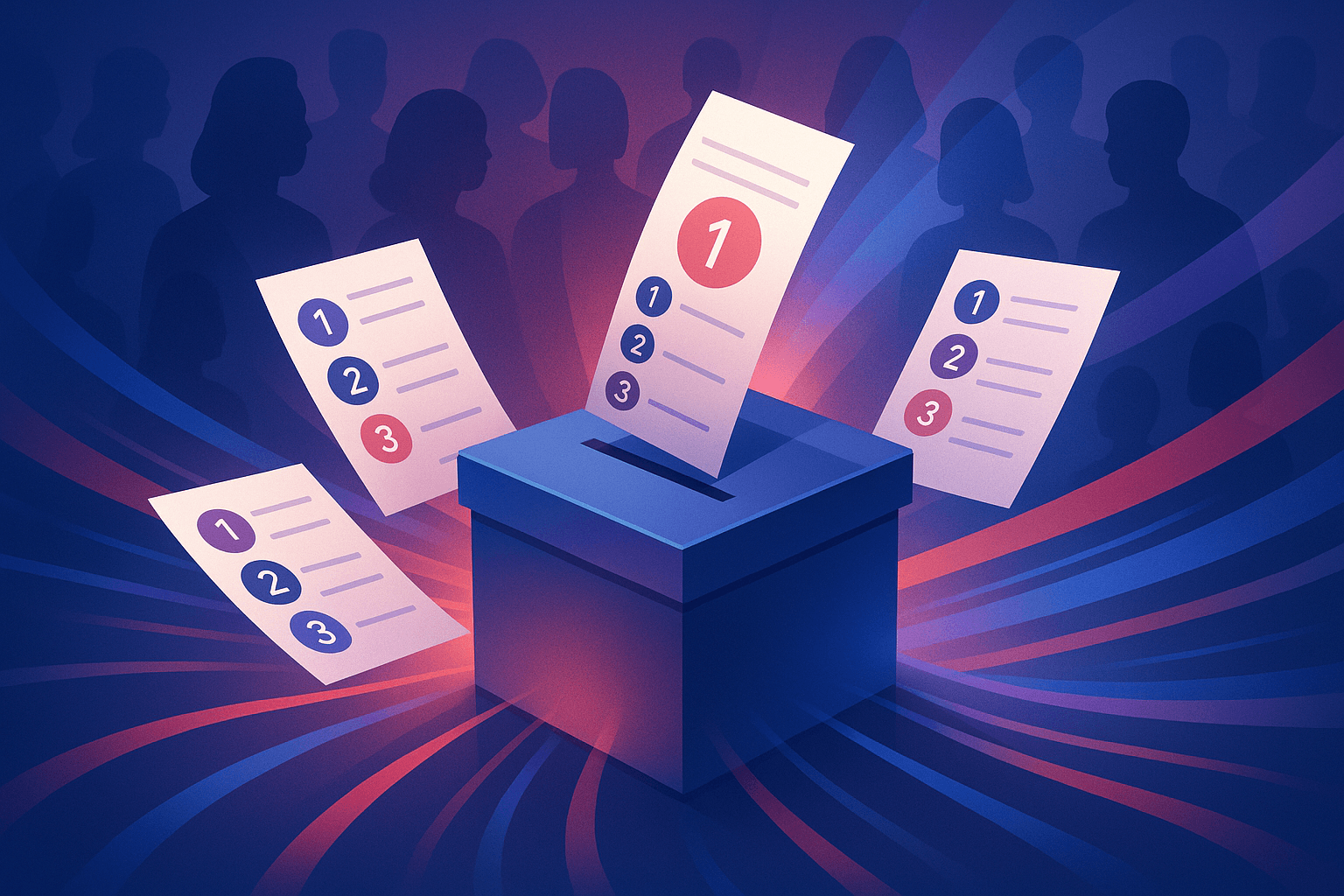Bill Bloomfield: Top-Two Is Not the Death of the GOP; The GOP Is Killing Itself

In a response to an opinion piece published in the LA Times, essentially blaming top-two for the decline of the California Republican Party and California's move to a one-party state, businessman and former independent congressional candidate Bill Bloomfield wrote a letter to the editor over the weekend, explaining that top-two is not to blame for the death of the California GOP; the Republican Party is responsible for its own demise:
To the editor: Larry N. Gerston is correct that our state is heading toward one-party rule, but his diagnosis of the cause — the top-two election system — couldn’t be more wrong. The top-two reform is doing exactly what was intended: ensuring that all voters have a say in who represents them despite the political parties’ best efforts to keep people focused on the party, not the person. (“Top-two reform tilts California toward one-party rule,” Opinion, Oct. 5)The reason for the decline in viable Republican candidates making it to the November ballot in California is because their national party is trying to sell things that our electorate isn’t buying. We Californians reject candidates who sound selfish on taxes, homophobic on family values and racist on immigration.In California, there hasn’t been a competitive race for the U.S. Senate in more than 20 years because voter registration numbers dictated that Democratic candidates would win. How great is it that the party title in this year’s Senate race has taken a back seat to the individuals themselves?If Gerston wants more Republicans or Libertarians appear on a November ballot, I suggest he work on enlisting candidates from those parties who appeal to Californians. And, if they’re running for federal office, at least know where Aleppo is.Letter to the editor pulled from the LA Times website here.
Bill Bloomfield ran as an independent candidate in California's 33rd congressional district in 2012, the first year the nonpartisan election system went into effect for all statewide races. The new election model was approved by California voters in 2010 under Proposition 14, which was authored by the Independent Voter Project.
Bloomfield advanced past the primary stage along with Democratic incumbent Henry Waxman. Bloomfield came the closest any independent candidate has in recent history to defeating a partisan incumbent in the general election in California, garnering 46 percent of the vote.
Photo Credit: Joseph Sohm / Shutterstock.com


